Inglés
Myths and legends of the north
The Alicanto It is a mythological bird that lives in small caves amongst the hills of minerals in the Atacama desert and its appearances are anxiously awaited by fortune hunters. This creature, which feeds on gold and silver, is enormous; it has large metallic colored wings, a curved beak and feet with powerful talons. Also, […]
Biogeography
The abundance of precipitations and, consequently, the greater humidity present in the ambiance favors the development of diverse hygromorphic species and vegetal associations that need permanent water supplies. Among these associations we can find the evergreen and rain forests. The local vegetal biodiversity groups around pure unities, for instance, in larch tree or lenga forests. […]
Central and Peripheral Nervous Systems
Central Nervous System It carries out all the superior functions of the human being, such as the cognitive and emotional functions (to think, to reason, memory, emotions, etc.). It is formed by the encephalon and the spinal cord. The former is composed by the cerebrum (main brain mass), the cerebellum (coordinates motor activities) and the […]
Multiple choice test
1.- Which is the capital of the region of Maule? a) Curico b) Cauquenes c) Talca d) Linares Correct response: c 2.- Where does the Maule river flow into? a) north of the city of Constitucion b) near the beach town of Iloca c) into Vichuquen lake d) south of Llico Correct response: a 3.- […]
The process of reproduction
Reproduction is a process in which a spermatozoon and an ovum are united through sexual intercourse. This can happen because both the male and female body are specially adapted for this process. Both have unique reproductive systems, including organs that specialize in the discharge and conduction of sex cells produced in the organs themselves. If […]
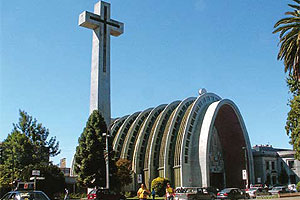
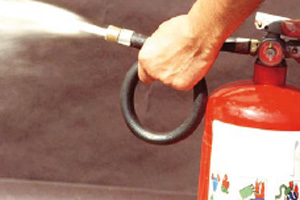

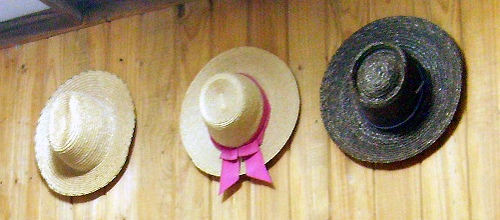
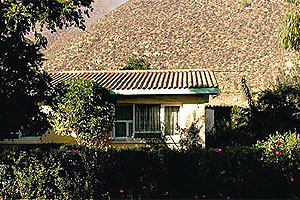
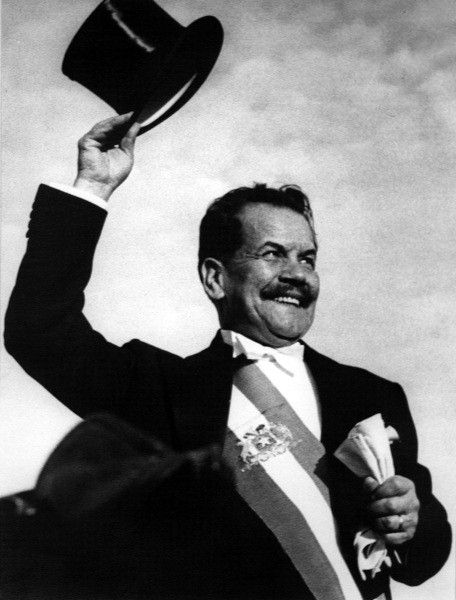
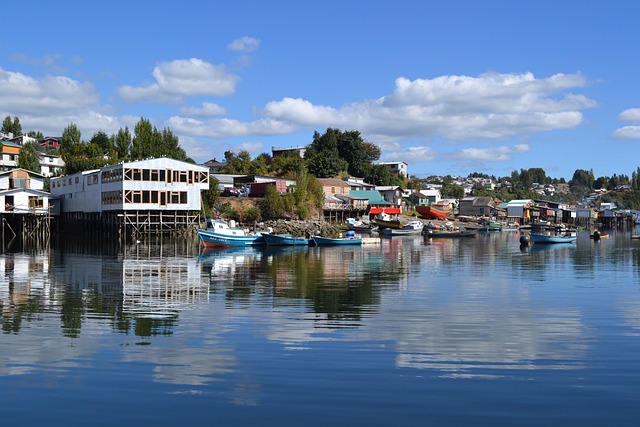
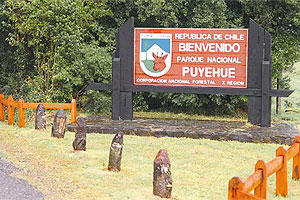
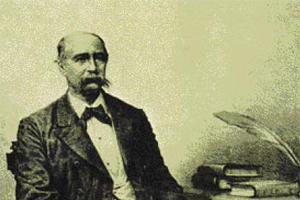
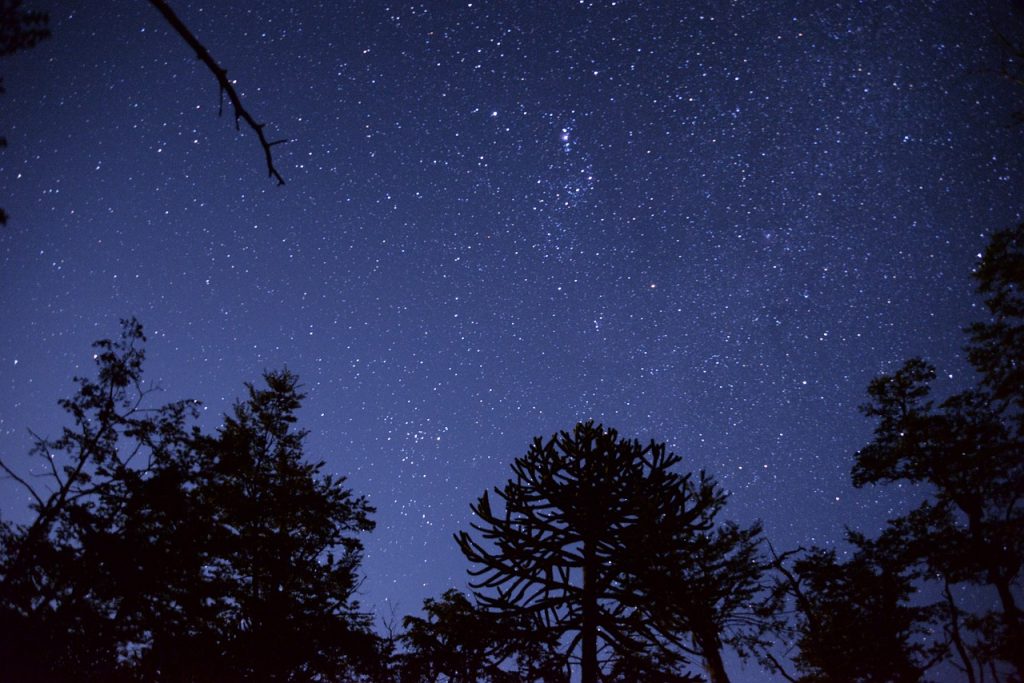
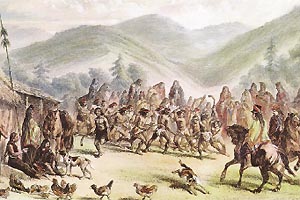


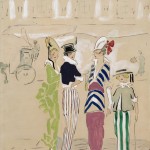
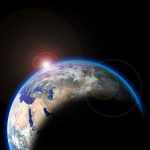
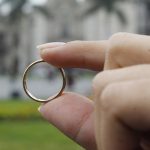
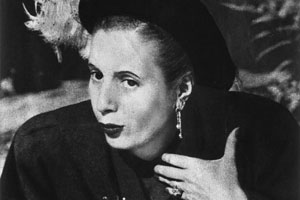 Muere Evita
Muere Evita